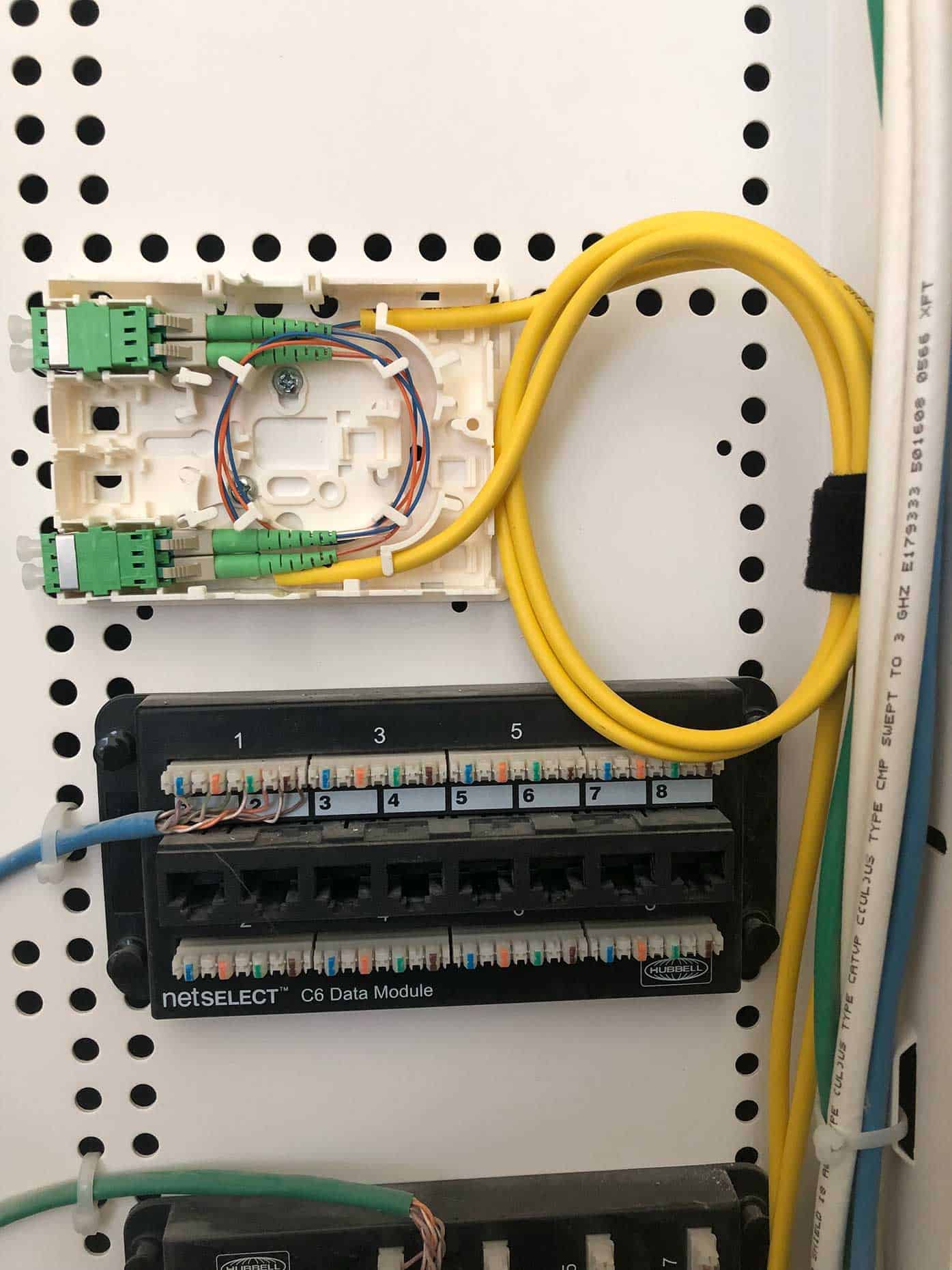Understanding the Evolution from IPv4 to IPv6 in Internet Connection.
What is Internet Protocol?
The concept of Internet Protocol (IP) may sound technical, but in essence, it’s the framework governing the shipment and reception of data packets over the web. Much like a postal system for the digital world, IP manages how data is addressed, dispatched, and finally delivered to its destined location. Over the years, as technology evolved and the need for more intricate communication grew, so did the versions of IP, with IPv4 and IPv6 standing out as milestones.
Understanding the evolution and differences between these IP versions isn’t just for tech specialists. With an increasingly interconnected world and the rise of devices demanding internet connectivity, it’s becoming crucial for business professionals, educators, and everyday internet users to understand these technological shifts.
IPv4: The Pioneering Protocol
IPv4 stands as a testament to the early foundations of the internet. Having been in operation since 1981, this 32-bit address system could support around 4.3 billion unique addresses. While this might seem substantial, the explosive growth of the internet and connected devices quickly exposed its limitations. The vast pool of IPv4 addresses seemed almost inexhaustible in the beginning, but it wasn’t long before we began witnessing the initial signs of strain.
Techniques like NAT (Network Address Translation) were implemented as stopgap measures, effectively delaying the inevitable depletion of IPv4 addresses. But it became clear that a more extensive, forward-thinking solution would be required to address the expanding digital universe.
IPv6: The Next-Generation Solution
IPv6 emerged as the beacon of hope against the limitations presented by its predecessor, IPv4. With a remarkable 128-bit address configuration, IPv6 can facilitate an almost incomprehensible 340 undecillion addresses. Such an expansive capacity ensures that we are equipped for the foreseeable future and beyond, as countless new devices join the digital ecosystem each day.
But IPv6 is not just about more significant numbers. It brings to the table multiple advancements like streamlined headers for efficient data routing, bolstered security features, and enhanced support mechanisms for mobile devices in an increasingly on-the-move world. The digital future is bright, and IPv6 seems poised to light the way.
Why Hasn’t Everyone Switched to IPv6?
The advantages of IPv6 are manifold, and its superiority over IPv4 is hardly disputed. Yet, its universal adoption remains elusive. At the heart of this reluctance lies the significant challenge of overhauling an infrastructure that has been deeply entrenched in the IPv4 system for decades. Transitioning to IPv6 isn’t just about flipping a switch; it entails reconfiguring and updating countless systems, a time-consuming and costly task.
Moreover, the immediate benefits of this transition are only palpable to some businesses or institutions. Many continue to function effectively on the IPv4 framework, and they need a compelling reason to make the leap. However, as the remaining IPv4 addresses diminish and the digital landscape evolves, the move to IPv6 will undoubtedly become more pressing.
Quantum Communications and the Future of IP
In the ever-changing sphere of computer networking, Quantum Communications is at the forefront, leading the charge toward a technologically advanced future. Our commitment isn’t just to understand the evolving landscape but to shape and guide it. As champions of IPv6, we’re not only adopting its capabilities for our operations but also driving its broader acceptance by demystifying its features and benefits to businesses of all sizes.
By tapping into the transformative power of IPv6, we envision a world where data communication is seamless, efficient, and secure. Our team of experts are continually researching, innovating, and assisting businesses in making the crucial shift from IPv4 to IPv6. With Quantum Communications by your side, navigating the complex realms of computer networking becomes an enlightening journey rather than a daunting challenge.
Embracing the New Era of Internet Protocol
In the grand narrative of IPv4 vs. IPv6, it’s evident that the latter holds the key to our digital future. But the debate isn’t about simply choosing the newer over the old. It’s about recognizing the trajectory of digital progression and ensuring we’re aligned with it. As the world becomes more interconnected, with IoT devices becoming ubiquitous and the dream of smart cities becoming reality, the need for an advanced protocol like IPv6 becomes more pronounced.
Being proactive rather than reactive is the need of the hour. The digital age waits for no one, and those equipped with the tools and knowledge of the latest advancements will undoubtedly lead the charge. Embracing IPv6 isn’t just a technological choice; it’s a commitment to a future where possibilities are limitless. Let Quantum Communications guide you into this new era, ensuring your digital infrastructure is ready for tomorrow’s challenges.






